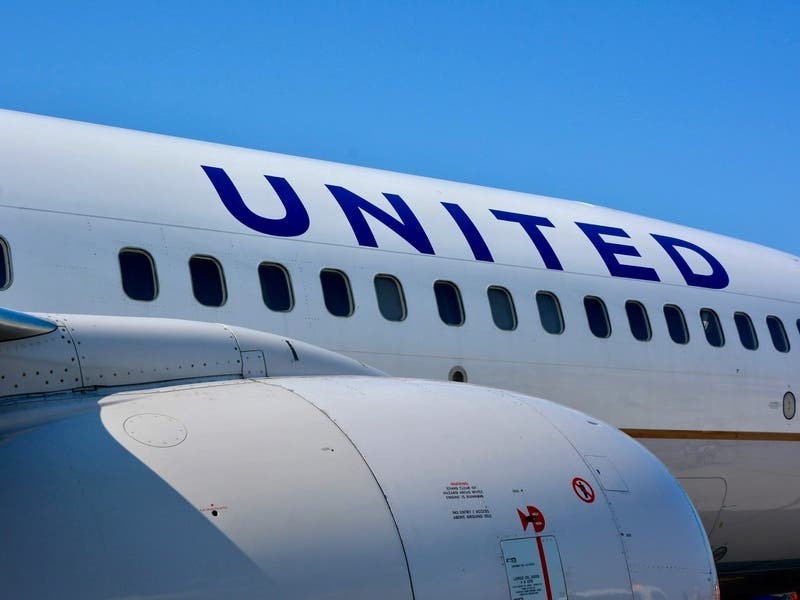Travel
Planes, Trains, Automobiles: Rating Safety Amid Coronavirus
A Scientific American report on Thanksgiving travel looks at the risk of the various modes of transportation.

ACROSS AMERICA — The safety of using public transportation during the coronavirus pandemic during a busy Thanksgiving travel week have come under the microscope in a report released by the Scientific American.
The report, "Evaluating COVID Risk on Planes, Trains and Automobiles," includes a chart on four different modes of transportation: planes, trains, buses and cars. It ranked six risk factors (air-filtration, ventilation, seat spacing and occupancy, mask policy, time and physical barriers) as either relatively safe, intermediate or relatively unsafe for each mode of transportation.
If issuing two points for relatively safe, one point for intermediate and no points for relatively unsafe, cars (Uber and Lyft) end up as the safest, followed by airplanes, trains and buses. But there's not much difference. Using this metric, cars total eight points, airplanes and trains seven and buses five.
Find out what's happening in Across Connecticutwith free, real-time updates from Patch.
But every mode of transportation poses its own risks, the study finds, and it's not stated that each risk factor should be weighted equally.
Mask policies are most strict in cars, as both Uber and Lyft require masks. They are a requirement on most airlines, buses and trains, too, but enforcement is not guaranteed.
Find out what's happening in Across Connecticutwith free, real-time updates from Patch.
Get more local news delivered straight to your inbox. Sign up for free Patch newsletters and alerts.